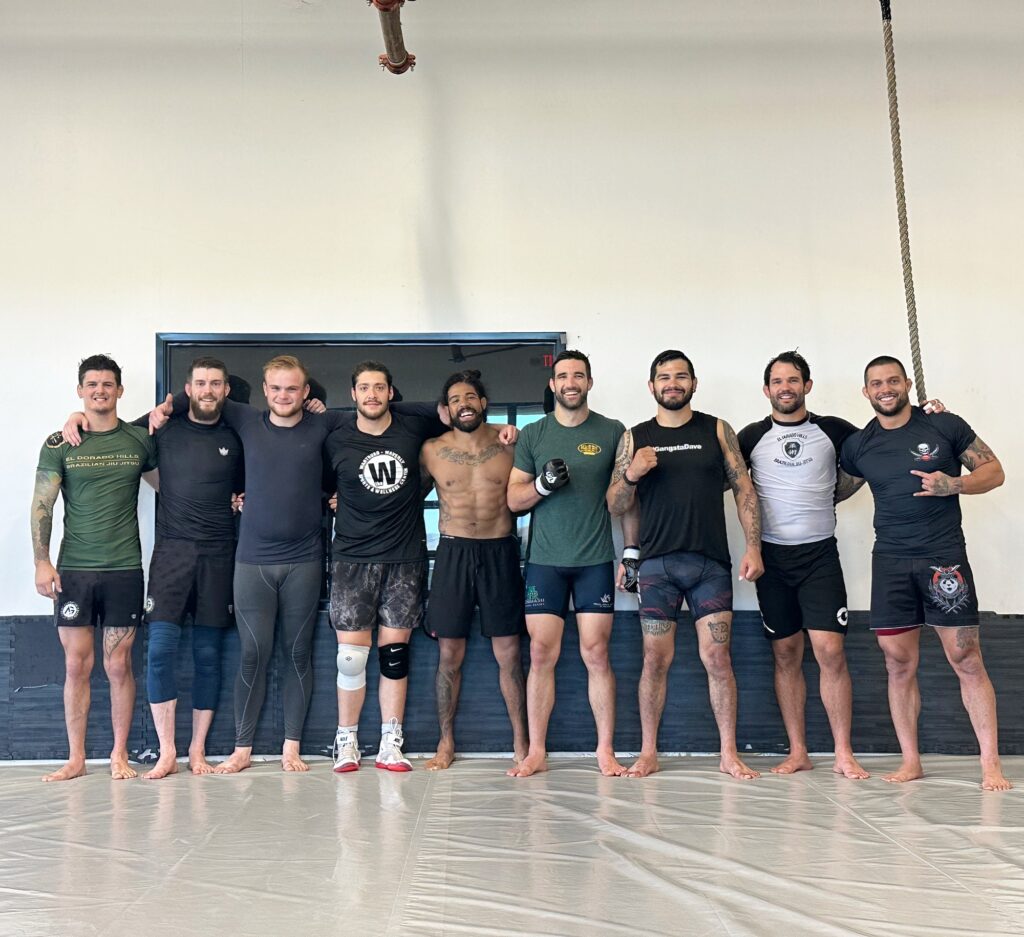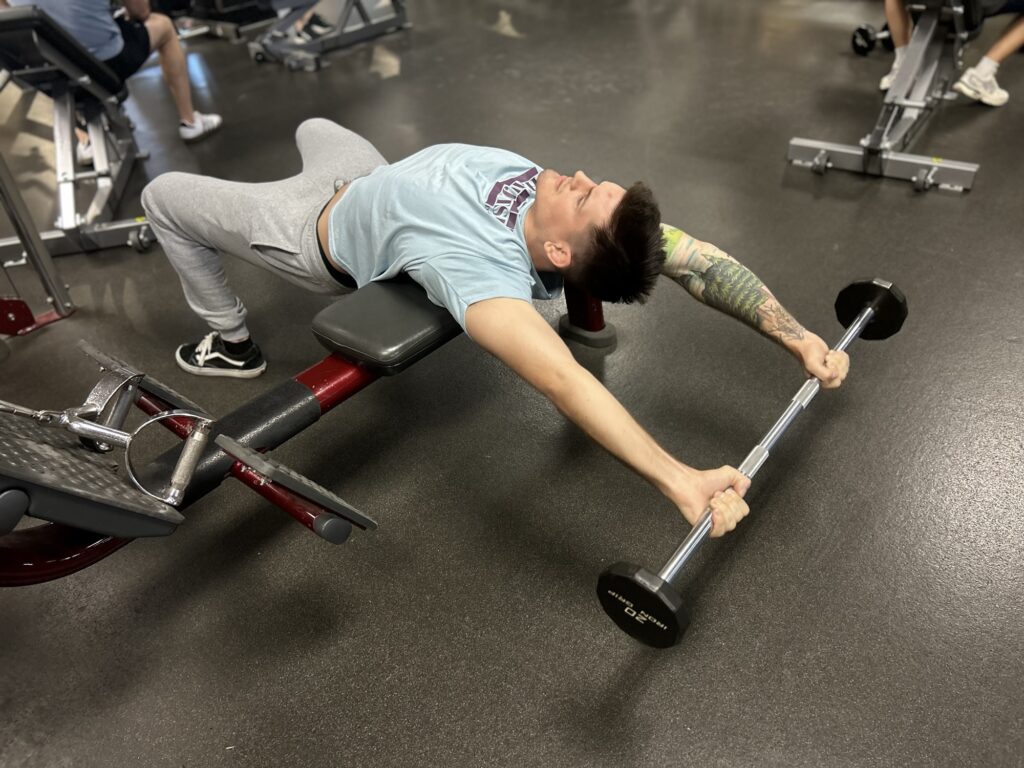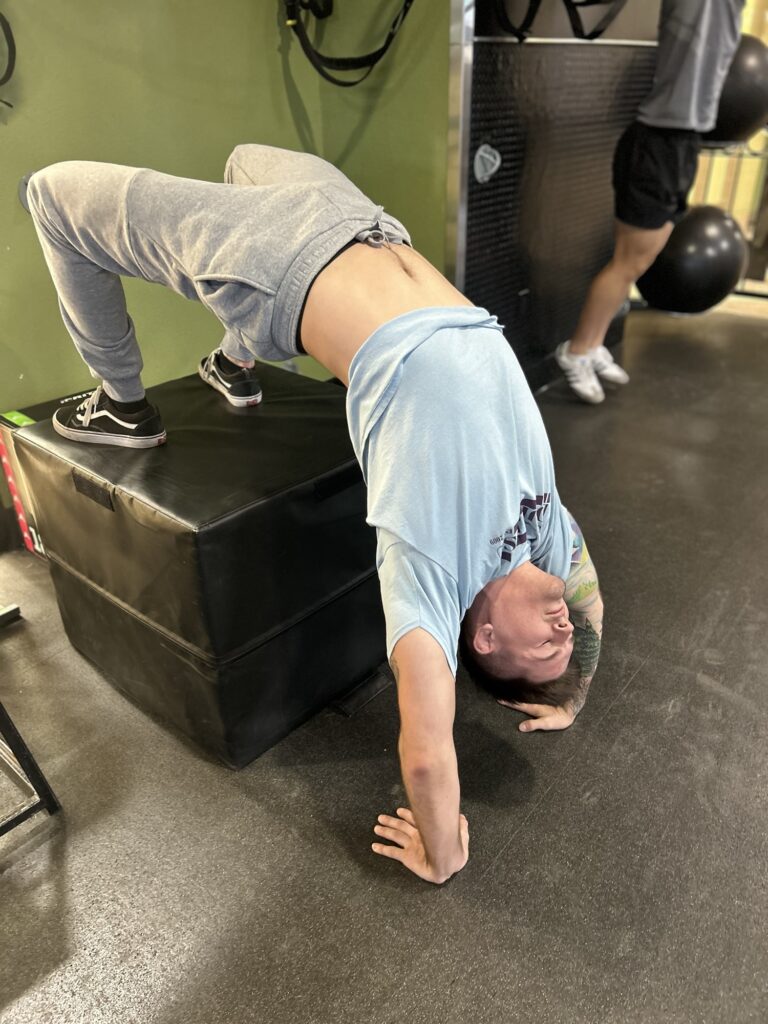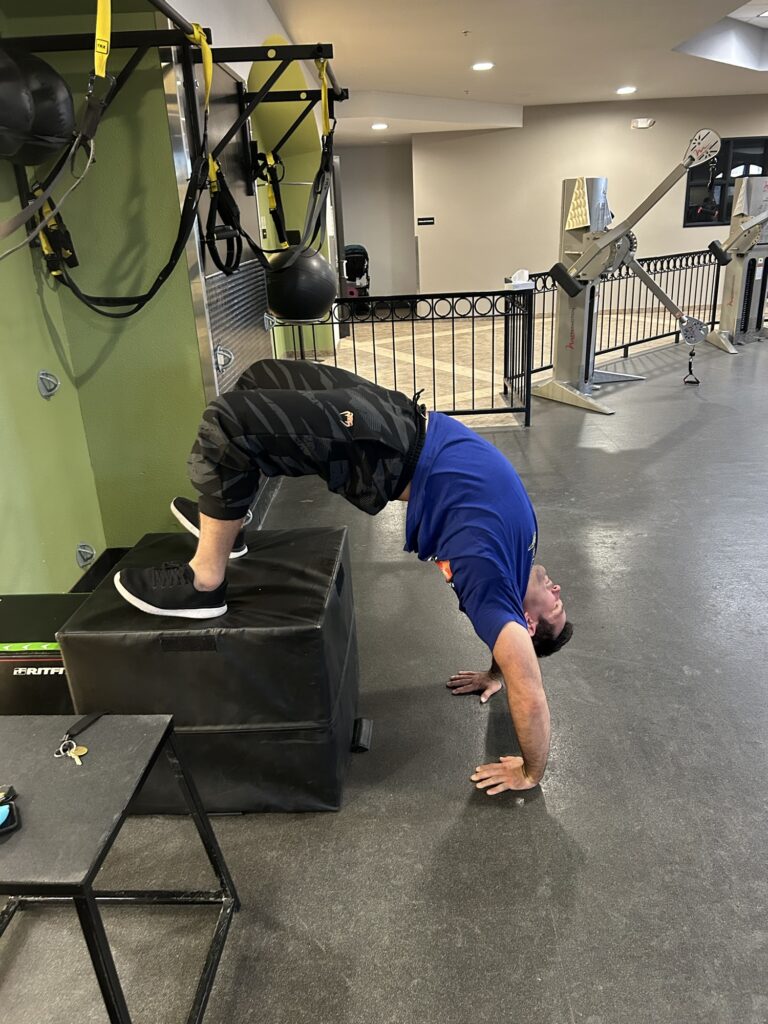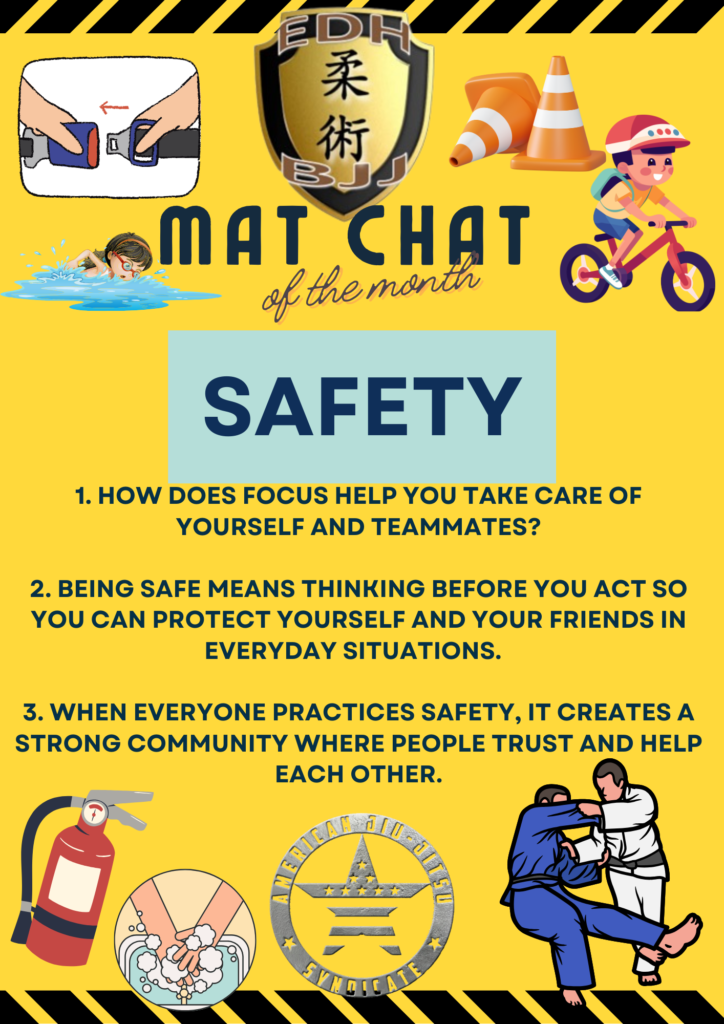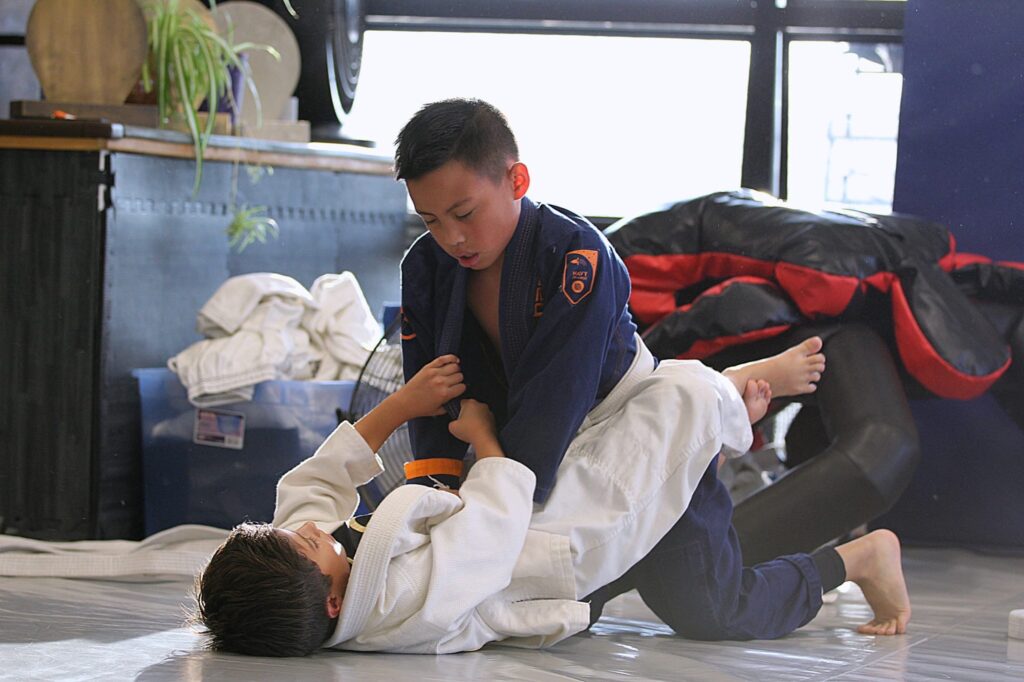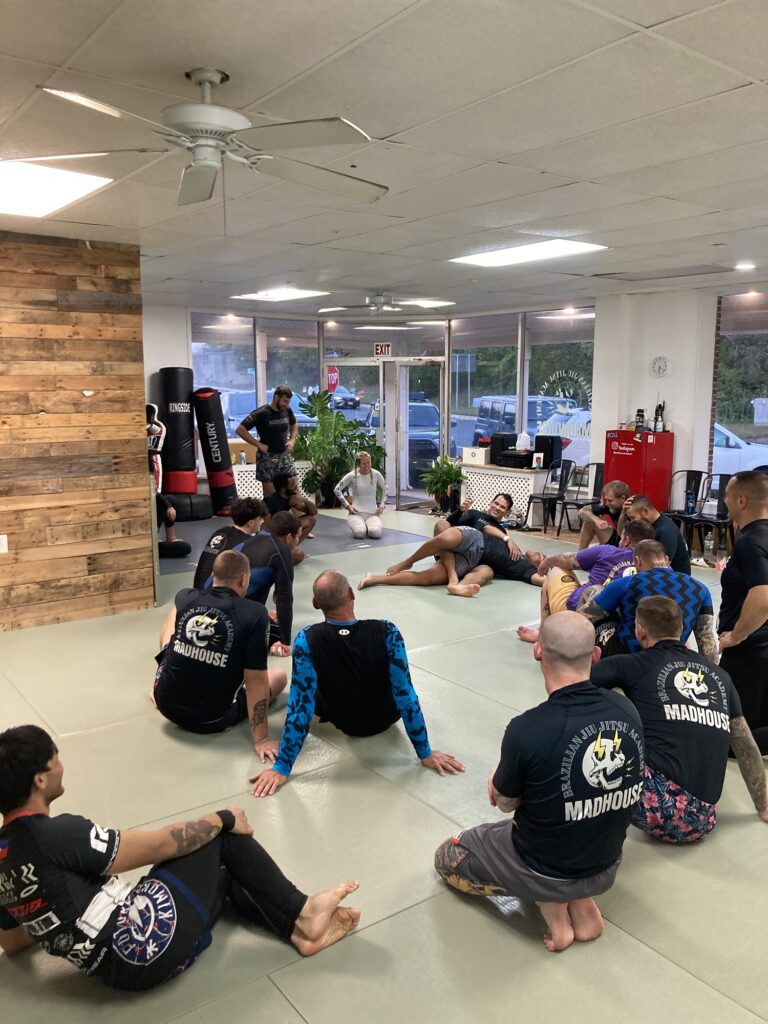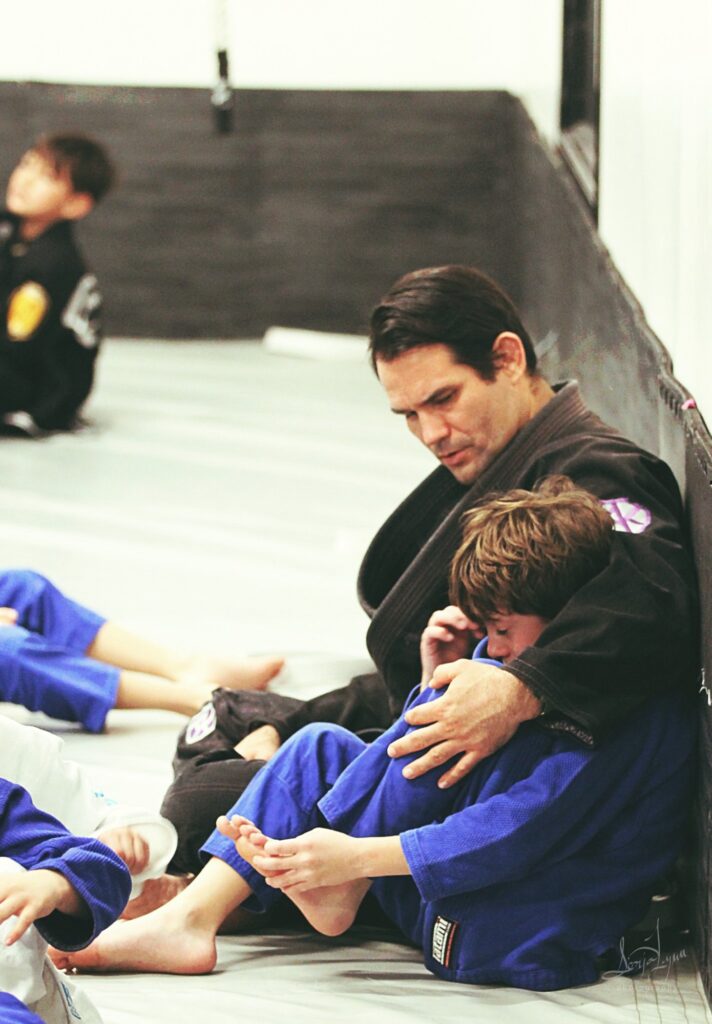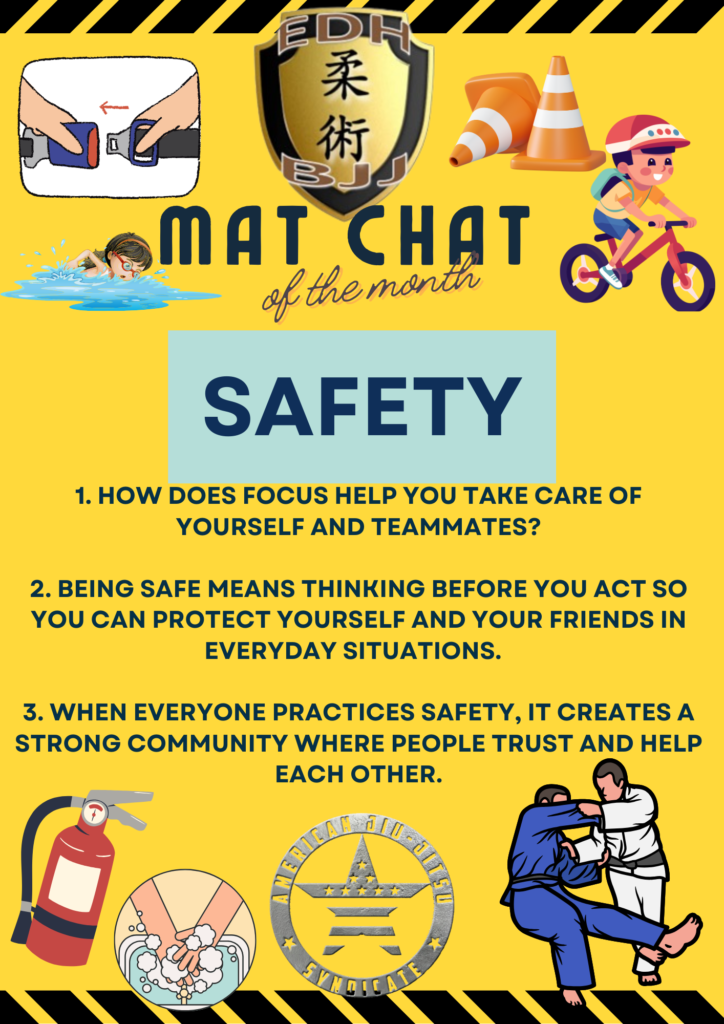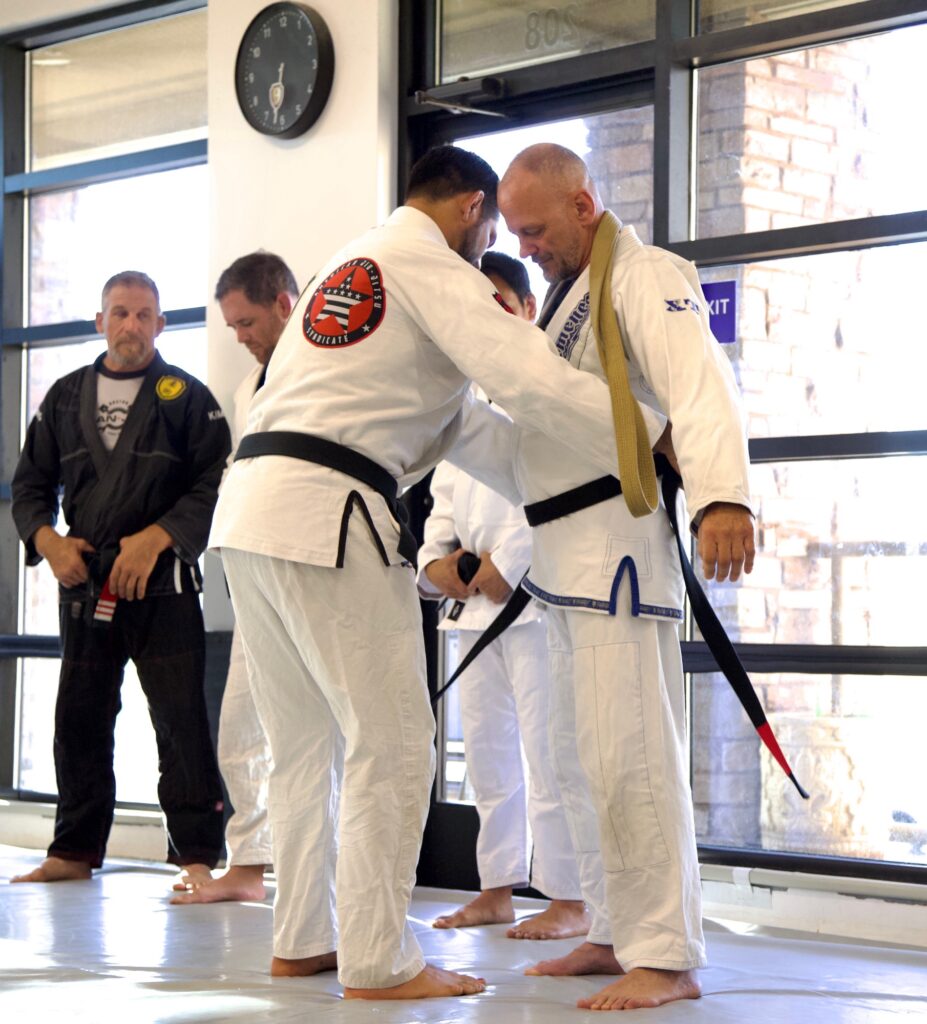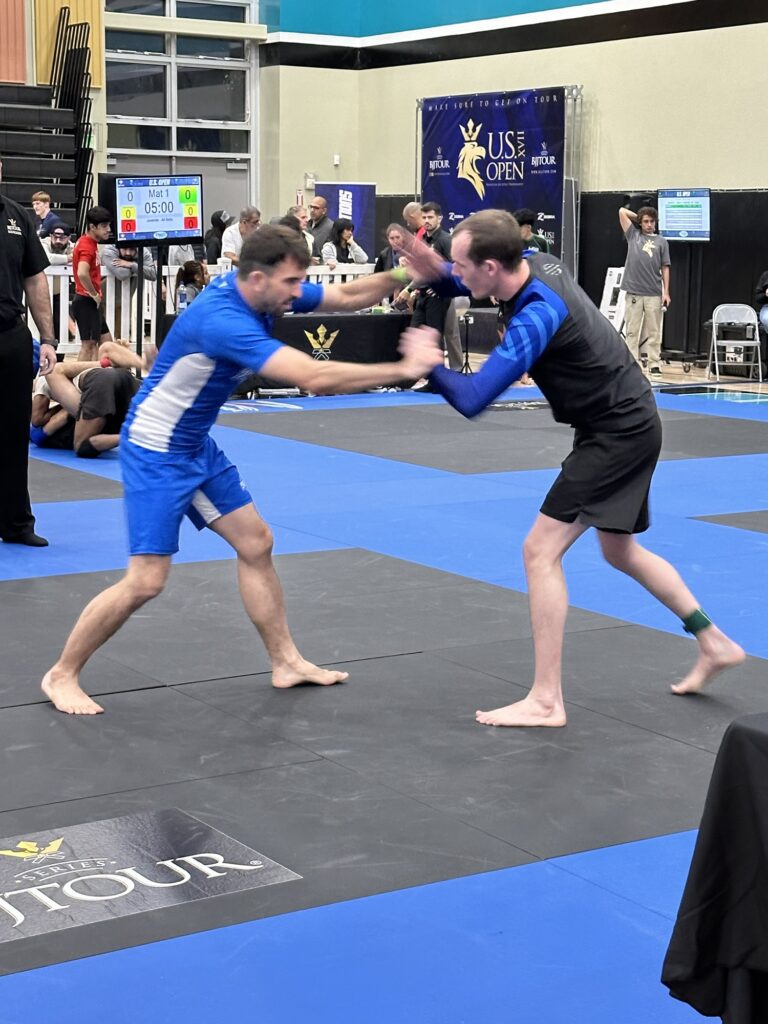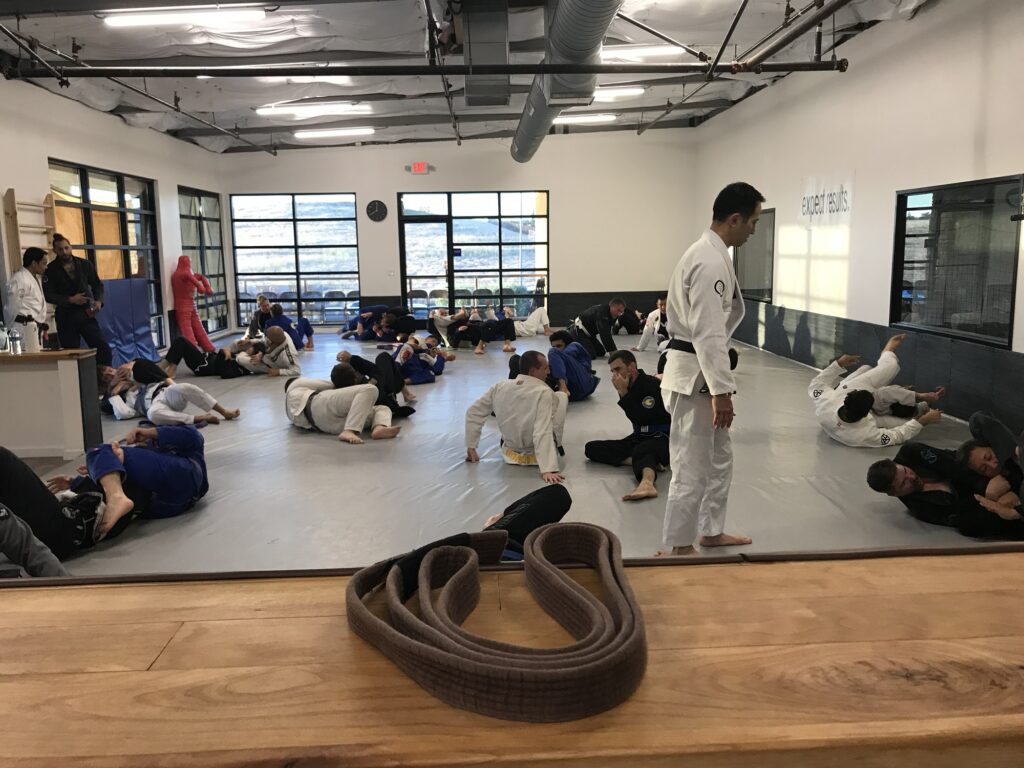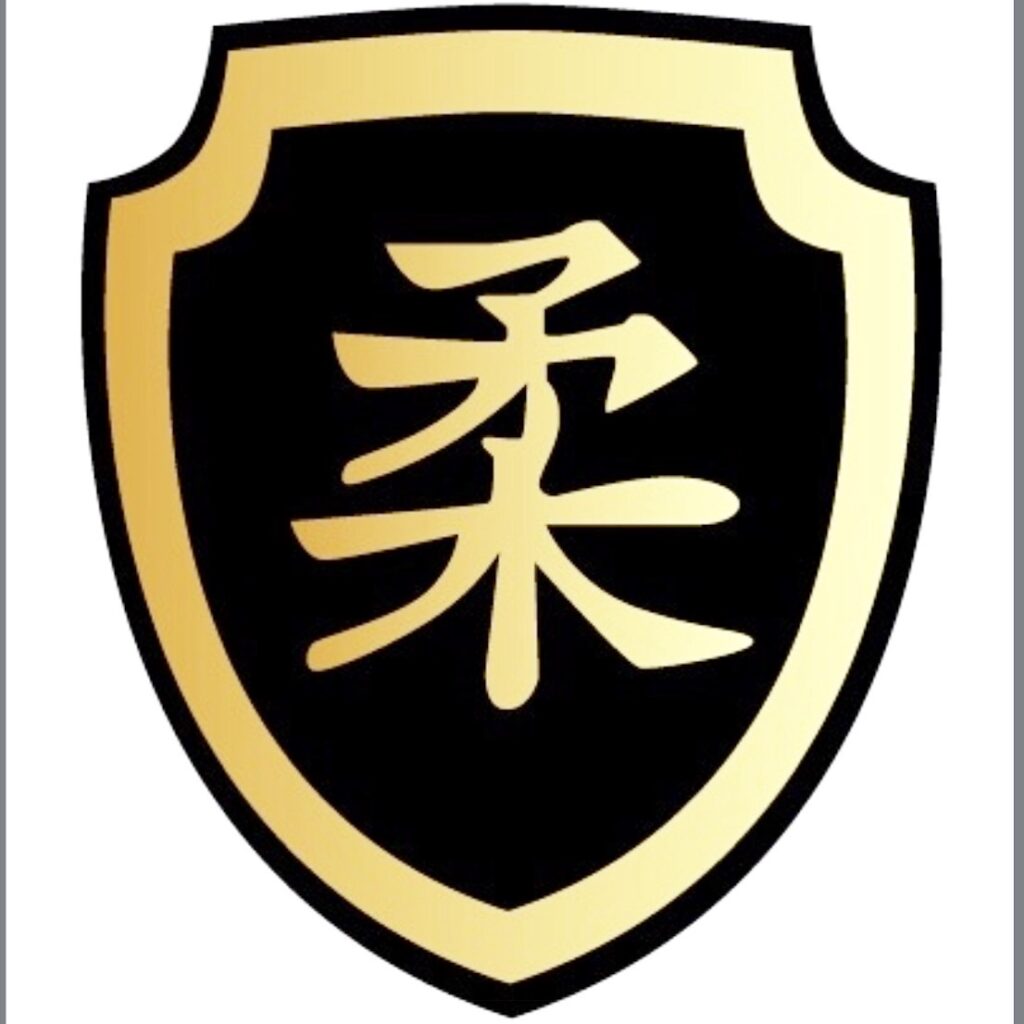
In the fast-paced world we live in, aches, pains, and injuries can easily become a part of daily life. Whether you’re an athlete pushing your limits, a parent keeping up with energetic kids, or someone dealing with chronic pain, physical therapy can be the key to getting back to feeling your best.
At Reset Physical Therapy, Amanda Morgan offers a patient-focused approach designed to help individuals recover, rebuild, and reset their bodies. With a strong foundation in evidence-based treatment, Amanda tailors each session to your specific needs, ensuring that you receive the best care possible.
Why Choose Reset Physical Therapy?
1. Individualized Treatment Plans – No two bodies are the same, and neither are their recovery journeys. Amanda takes the time to assess your condition and develop a personalized plan that fits your goals.
2. Hands-On Care – Whether it’s manual therapy, soft tissue work, or mobility exercises, Amanda provides hands-on techniques that promote healing and long-term results.
3. Movement-Based Recovery – At Reset Physical Therapy, movement is medicine. Amanda helps clients regain strength, improve mobility, and prevent future injuries through functional movement strategies.
4. Holistic Approach – Recovery isn’t just about healing one injury—it’s about improving overall function. Amanda takes a holistic view, addressing posture, muscle imbalances, and movement patterns to create lasting change.
Who Can Benefit from Physical Therapy?
• Athletes recovering from injuries or looking to enhance performance
• Post-surgery patients working to regain strength and mobility
• Individuals with chronic pain seeking relief and improved function
• Active adults and parents managing the physical demands of daily life
Take the First Step Toward Recovery
Your body is designed to move, and pain shouldn’t hold you back. Whether you’re dealing with an injury, recovering from surgery, or simply looking to improve your movement, Reset Physical Therapy is here to help.
Book an appointment today and take the first step toward resetting your body and reclaiming your health!
For more information, visit https://resetphysicaltherapy.janeapp.com
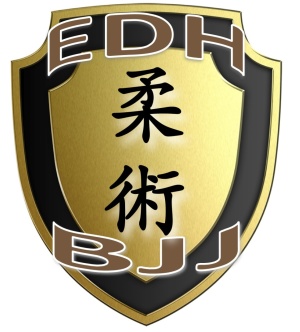
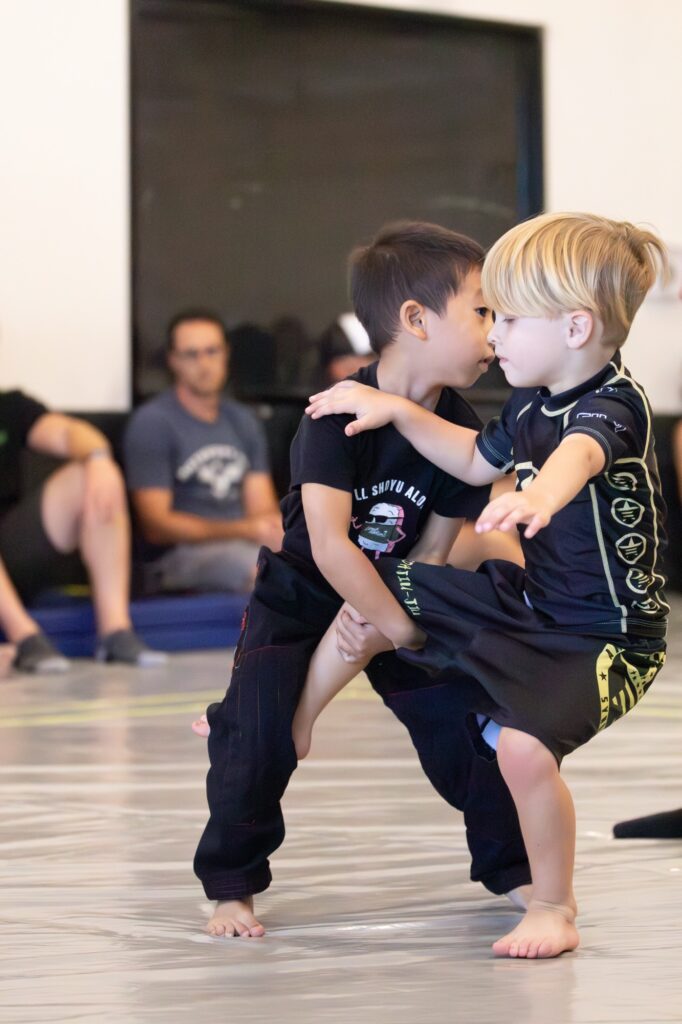
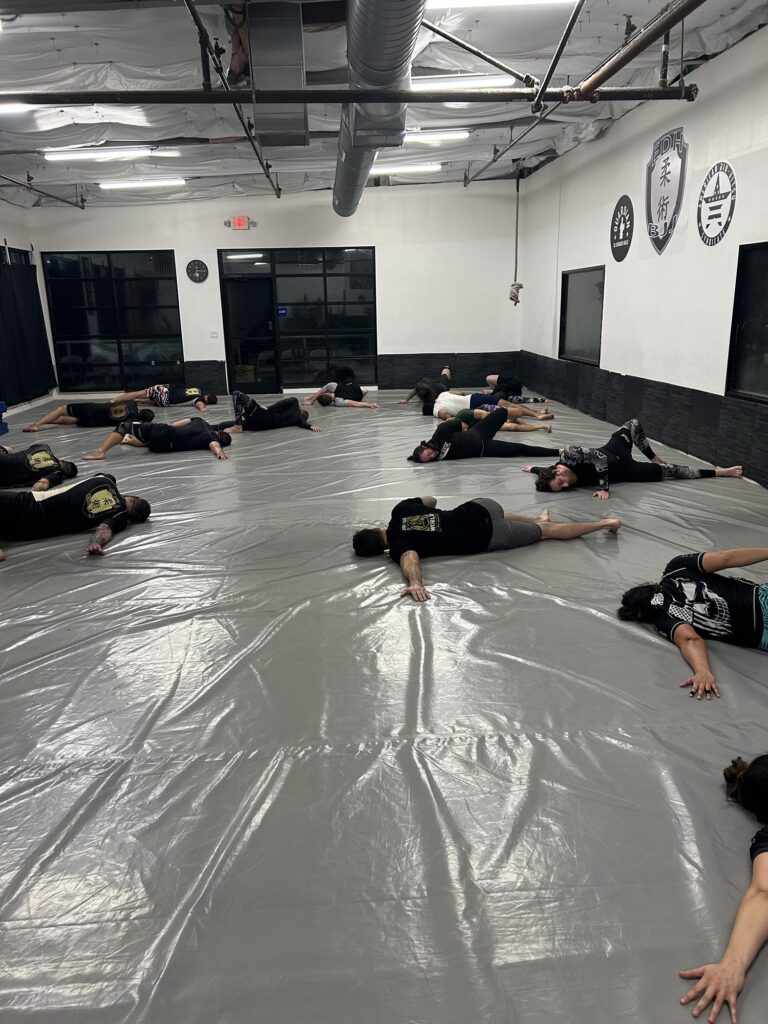
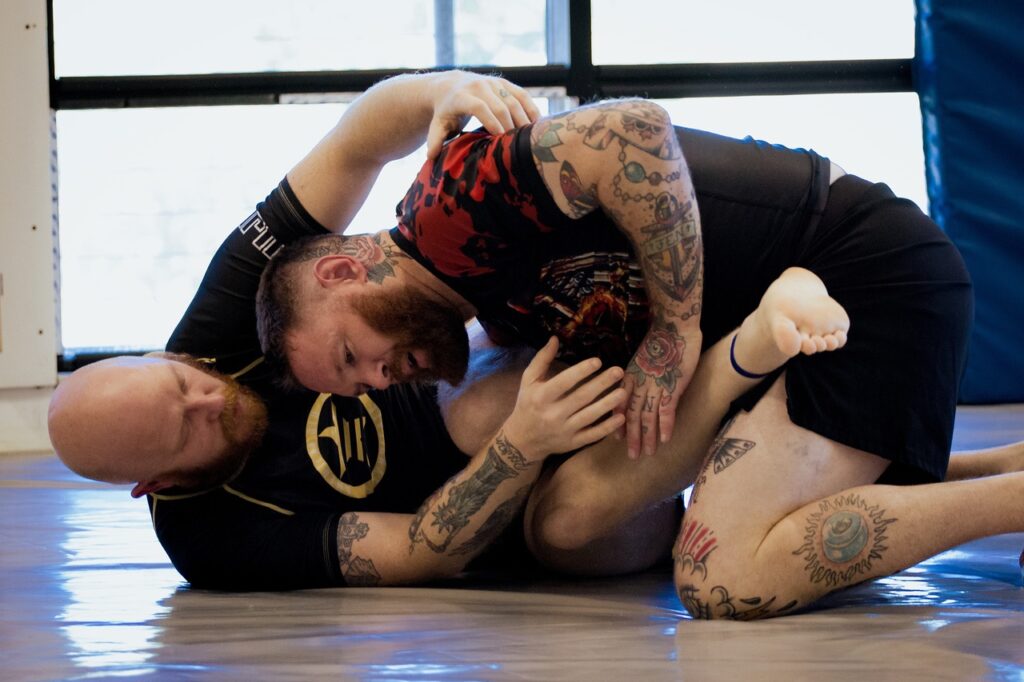
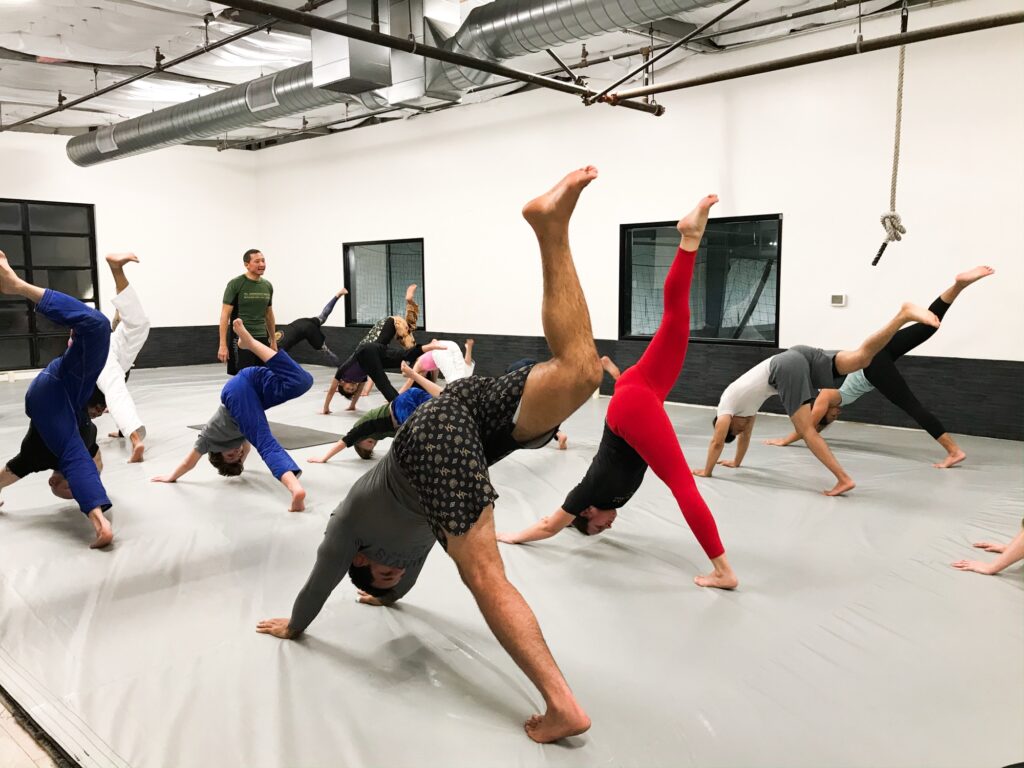


 Wrestling for MMA and Jiu Jitsu – Sharpening takedowns, transitions, and positional dominance.
Wrestling for MMA and Jiu Jitsu – Sharpening takedowns, transitions, and positional dominance.